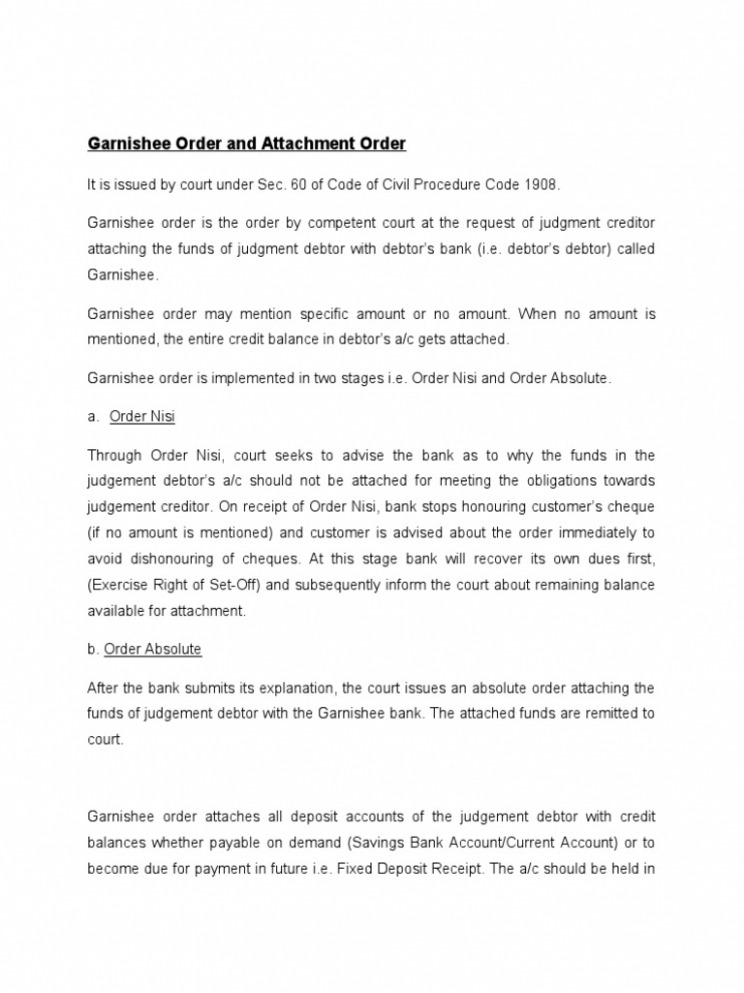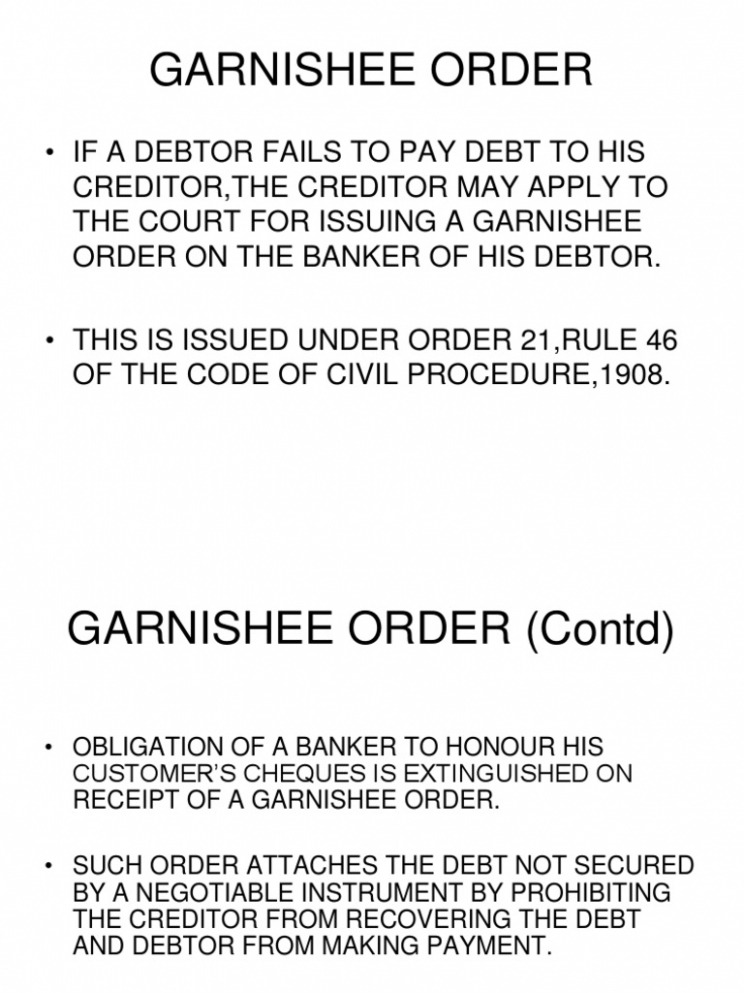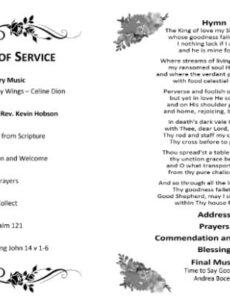Garnishee Order Template – Restraining orders are orders released by a judge that ban individuals or entities from taking specific actions. In divorces they are typically made use of to minimize contact between the parties in an effort to decrease the chances of physical violence or to avoid the destruction of possessions.

In some areas these orders are automatic and go into place as soon as either side apply for separation. In various other areas the order have to be asked for and granted by the court.
Temporary vs. IrreversibleSome orders are temporary. They just last until a final order is gone into as well as the divorce mores than or until the court riffles before the separation is settled.
Others are irreversible. They last up until a court transforms them. To identify whether the court could be ready to change the order you must initially ask why the Order was issued to begin with?
Why did the judge concern the order to start with? That is what the court is going to ask him or herself when provided with a activity to lift or modify the order. If the order was a standing restraining order that is put on every instance the judge will promptly proceed the benefits of your request. On the other hand if the order was especially asked for by your partner the court is going to want to revisit the reasons.

Restraining orders that were asked for in an effort to quit or stop hazards, harassment or misuse of any kind of kind are going to be looked at very closely. The court might want to review what took place to trigger the order to be filed in the first place. They are definitely mosting likely to would like to know what has actually changed to make the order unnecessary. Good reasons to lift or modify a limiting order that was requested to stop damage of this nature consist of: reconciliation of the parties, anger administration courses, parenting courses, therapy, medication for mental health and wellness problems as well as geographic distance between the events.
If the order was produced in an attempt to avoid the damage of possessions or production of debt the court will want to see that there is no longer a demand for the restrictions had in the order. They will be looking to see if the events have actually divided the properties and transferred complete control formally to among them. For financial obligations the court will wish to see why you intend to incur financial debt. Liquidating a neighborhood building 401k to take place a trip is not likely to persuade a court to go down the order, but doing it to save your home from foreclosure or pay for your daughter’s university tuition might be acceptable.


